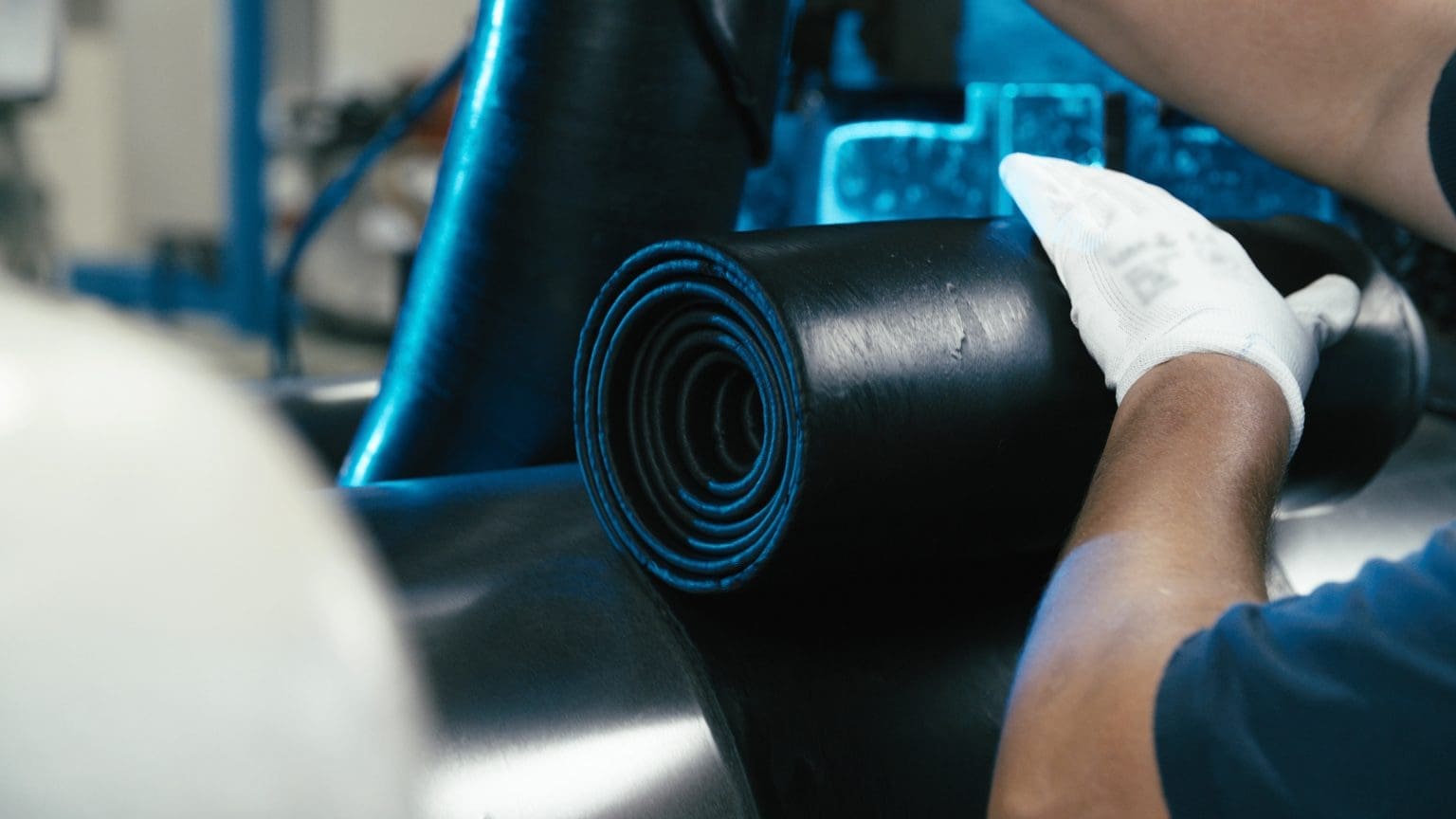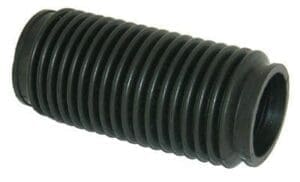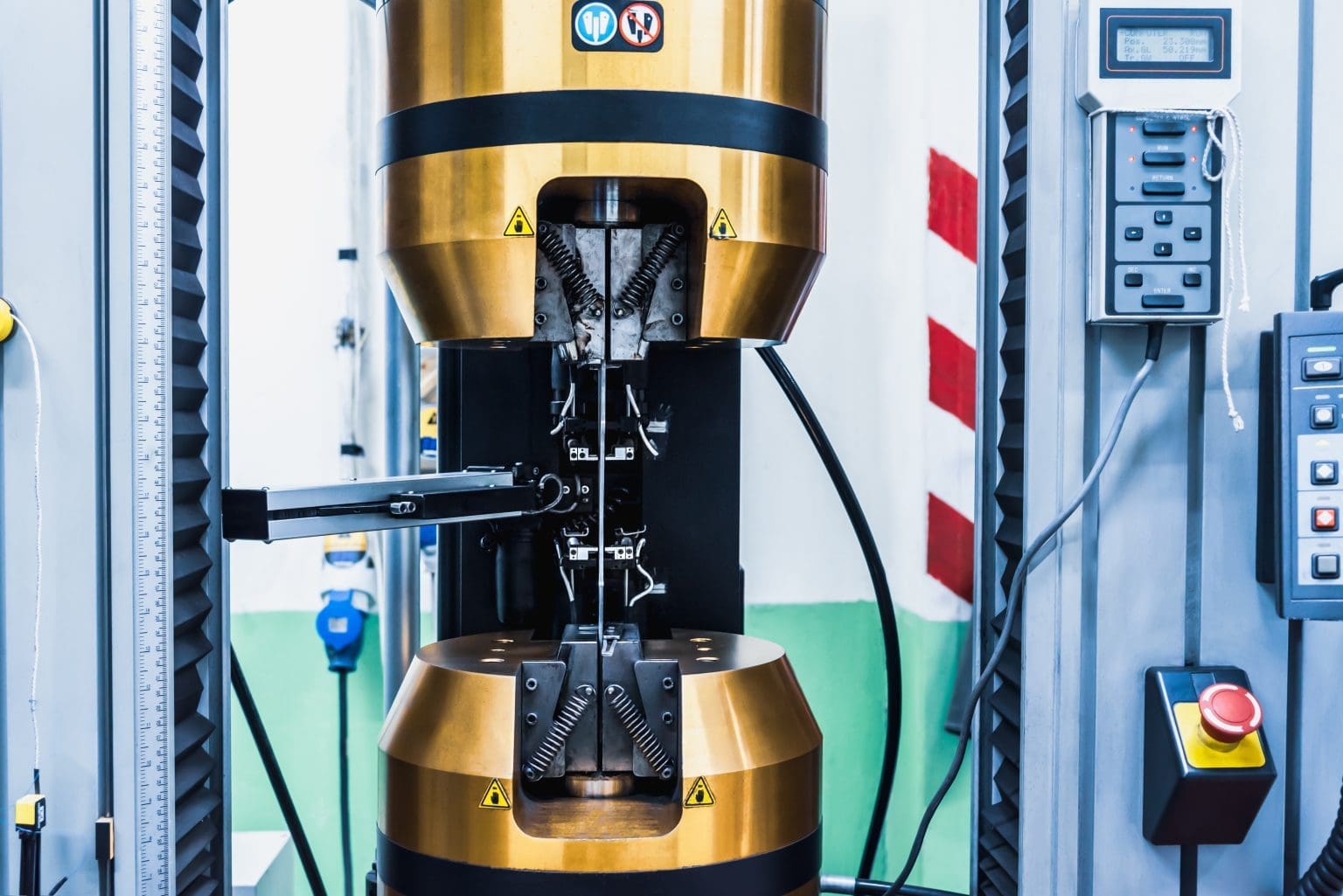A Comprehensive Guide on How to Calculate the Tensile Strength of Rubber
Rubber is one of the most versatile materials that we use in our daily lives, and it’s no surprise that it’s widely used across various industries. But, do you know how to accurately calculate the tensile strength of rubber? Understanding the tensile strength of rubber is crucial in determining its durability and ability to withstand stress and tension.
In this comprehensive guide, we’ll walk you through the step-by-step process of accurately calculating the tensile strength of rubber. From understanding the basics of tensile testing to the different types of rubber and their properties, we’ll cover everything you need to know. With this knowledge, you’ll be able to choose the right rubber for your specific needs and ensure that it’s capable of withstanding any stress or tension that it may encounter.

What is Tensile Strength and Why is it Important?
Tensile strength is an essential characteristic of any material, including rubber. It is the measure of the maximum amount of stress a material can withstand before it breaks or deforms permanently under tension. The tensile strength of rubber is important because it influences the performance and durability of rubber products. If a rubber product is not designed to withstand the forces placed on it, it can lead to premature failure, damage, or even safety hazards.
Rubber Properties and Material Properties

To understand the tensile strength of rubber, it’s essential to understand the properties of rubber and how they affect its performance. Rubber is a complex material that is made up of long chains of molecules known as polymers. These polymers give rubber its unique properties, such as elasticity, flexibility, and resistance to wear and tear.
The properties of rubber can be classified into two broad categories: material properties and mechanical properties. Material properties refer to the chemical makeup of rubber, including its composition, structure, and molecular weight. Mechanical properties refer to the way rubber behaves under different conditions, such as stress, strain, and temperature.
Understanding the Relationship Between Rubber Material Properties and Tensile Strength
The tensile strength of rubber is determined by a combination of material properties and mechanical properties. The material properties of rubber that affect its tensile strength include its chemical composition, molecular weight, and cross-link density. The mechanical properties of rubber that affect its tensile strength include its elongation, modulus of elasticity, and ultimate strength.
When rubber is subjected to tension, the chains of polymers that make up the material stretch and align in the direction of the force. The tensile strength of rubber is determined by the point at which these chains break or deform permanently. The higher the tensile strength of rubber, the more force it can withstand before breaking or deforming.

How to Calculate the Tensile Strength of Rubber
To calculate the tensile strength of rubber, you need to conduct a tensile strength test. This test involves stretching a rubber sample until it breaks or deforms permanently, and measuring the amount of force required to do so. The results of this test can be used to calculate the tensile strength of the rubber sample.
The formula for calculating the tensile strength of rubber is:
Tensile Strength = Force at Break / Cross-Sectional Area of the Sample
The force at break is the maximum amount of force required to break the rubber sample, and the cross-sectional area of the sample is the area of the sample perpendicular to the direction of the force. By dividing the force at break by the cross-sectional area of the sample, you can determine the tensile strength of the rubber.
Factors That Can Affect Tensile Strength of Rubber
Several factors can affect the tensile strength of rubber, including its composition, structure, and processing. The chemical composition of rubber can affect its tensile strength by influencing its elasticity, flexibility, and resistance to wear and tear. The structure of rubber can also affect its tensile strength by influencing its molecular weight, cross-link density, and orientation of polymer chains.
The processing of rubber can also affect its tensile strength by influencing its degree of vulcanization, curing time, and temperature. Improper processing can lead to defects in the rubber, such as air bubbles, inclusions, or weak spots, that can weaken its tensile strength.

Comparing Tensile Strength and Tear Strength in Rubber
 Tensile strength and tear strength are two important properties of rubber that are often compared. Tensile strength measures the maximum amount of stress a material can withstand before breaking or deforming permanently under tension, while tear strength measures the amount of force required to tear a material apart.
Tensile strength and tear strength are two important properties of rubber that are often compared. Tensile strength measures the maximum amount of stress a material can withstand before breaking or deforming permanently under tension, while tear strength measures the amount of force required to tear a material apart.
Tensile strength and tear strength are both important in determining the performance and durability of rubber products. However, they measure different types of stress and are influenced by different material properties. For example, rubber products that are subjected to tension, such as conveyor belts or hoses, require high tensile strength, while products that are subjected to tearing, such as gaskets or seals, require high tear strength.
Importance of Accurate Tensile Strength Calculation in Rubber Industry
Accurately calculating the tensile strength of rubber is essential in the rubber industry because it ensures that products meet quality standards and perform as intended. Rubber products that are designed to withstand the forces placed on them are less likely to fail prematurely, which can save time and money for manufacturers and customers alike.
Accurate tensile strength calculation can also help identify defects in rubber products, such as air bubbles, inclusions, or weak spots, that can weaken their tensile strength and compromise their performance. By identifying these defects early on, manufacturers can take steps to improve their products and avoid costly recalls or repairs.

Tensile Strength Testing Methods and Equipment
There are several methods for testing the tensile strength of rubber, including the dumbbell test, the strip test, and the ring test. Each of these methods involves stretching a rubber sample until it breaks or deforms permanently, and measuring the amount of force required to do so.
Tensile strength testing equipment typically includes a tensile tester, which applies a controlled force to the rubber sample, and a data acquisition system, which measures the force and elongation of the sample. The data collected during the test can be used to calculate the tensile strength of the rubber sample.
Conclusion: Applying Accurate Tensile Strength Calculation to Improve Your Rubber Products
In conclusion, accurately calculating the tensile strength of rubber is essential in the rubber industry because it ensures that products meet quality standards and perform as intended. By understanding the properties of rubber and how they affect its tensile strength, manufacturers can take steps to improve their products and avoid costly recalls or repairs.
To accurately calculate the tensile strength of rubber, it’s essential to conduct a tensile strength test using appropriate equipment and methods. By comparing tensile strength and tear strength, manufacturers can design products that are tailored to specific applications and requirements.
By applying accurate tensile strength calculation to improve your rubber products, you can increase their performance, reliability, and durability, and gain a competitive edge in the marketplace.

Why use SRM for custom rubber moulding
Here at SRM we’ve been producing custom rubber moulded products for over 40 years and have an extensive knowledge of different types of rubber, their tensile strength, properties and applications. Working with specialist material laboratories, we have developed our own compounds for optimum performance every time.
We hold a broad range of stock materials on site and can produce the mould tooling in house, whether it be injection, transfer, or compression tooling; this allows us to mould the complete volume spectrum, from small quantities to mass production.
For more information about choosing the right rubber compound for the right application or to discuss an upcoming rubber moulding requirement contact one of our experts today
